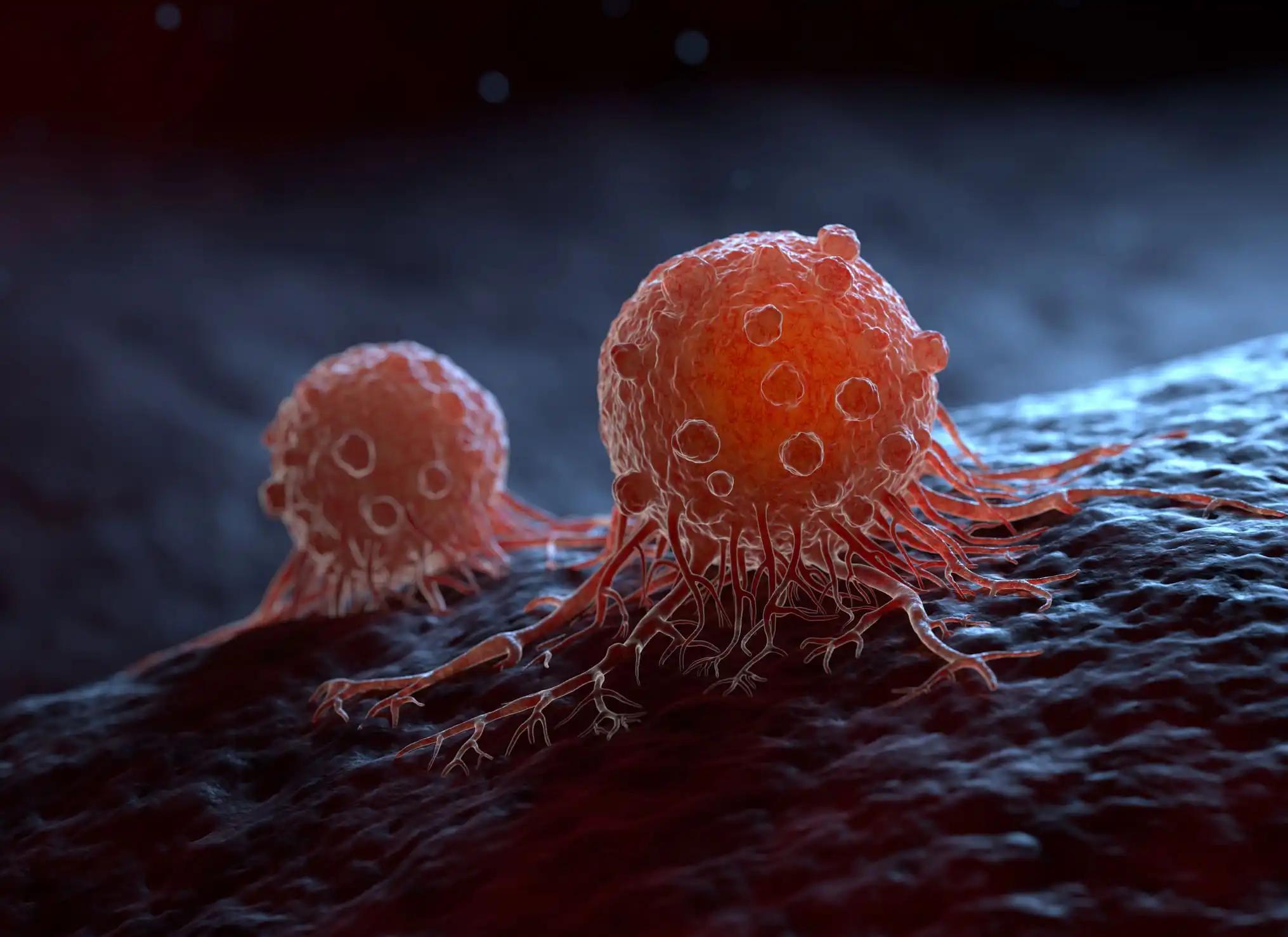KEY TAKEAWAYS
- The phase II trial will evaluate the clinical efficacy and safety of niraparib in patients with advanced melanoma with HR deficiency.
- Patients with specific gene mutations, disease progression on PD1-antibody therapy, and BRAF status will receive oral niraparib daily.
- The primary study endpoint is the overall response rate. The study will use Simon’s optimal 2-stage design. If ≥2 responses are received in the initial stage, 29 patients will be enrolled. The null hypothesis will be rejected with ≥6 responses in the cohort.
PARP inhibitors effectively treat cancers with BRCA1/2 mutations and other cancers with HR deficiency. Researchers aim to evaluate the efficacy and safety of niraparib in patients with advanced melanoma with HR deficiency.
The study will include patients with advanced melanoma with a mutation in any of the subsequent genes: ARID1A/B, ARID2, ATM, ATR, ATRX, BARD1, BRCA1/2, BAP1, BRIP1, CHEK2, FANCD2, MRN11A, RAD50, RAD51, RAD54B, PALB2 (requires a genetic analysis result performed at any CLIA-certified laboratory). Participants are required to have experienced disease progression on PD1-antibody therapy, and if BRAF mutant, BRAF/MEK inhibitors. Other inclusion criteria include ≥18 years of age; ECOG PS ≤ 1; prior systemic cytotoxic therapy ≤1 regimen, and no restrictions on the number of previous immunotherapy or targeted therapy regimens.
Patients will receive oral niraparib once daily in a 28-day cycle, with a 300 mg dose (if weight ≥77 kg and platelet counts of ≥150,000 µL) otherwise, 200 mg. Clinical response will be assessed using RECIST 1.1 every 8 weeks. Adverse events will be documented following CTCAE version 4.03. The primary endpoint is the overall response rate, tested using Simon’s 2-stage design. Using a significance level of 5% and 80% power, the null hypothesis (H0: P ≤ 10%), representing a response rate of limited interest, will be compared to the alternative hypothesis (H1: P ≥ 30%), a response rate of significant interest. The first stage involves analyzing 10 patients; if ≤1 responds, accrual stops. With 2+ responses, the study will continue to the second stage, involving a total of 29 patients. The null hypothesis will be is rejected if ≥6 responses are seen in this cohort. The study might show potential for being an effective treatment for patients with advanced melanoma with HR deficiency.
Source: https://ascopubs.org/doi/abs/10.1200/JCO.2023.41.16_suppl.TPS9596
Clinical Trial: https://classic.clinicaltrials.gov/ct2/show/NCT03925350
DOI: 10.1200/JCO.2023.41.16_suppl.TPS9596 Journal of Clinical Oncology 41, no. 16_suppl (June 01, 2023) TPS9596-TPS9596. | Journal of Clinical Oncology (2023) 41:16_suppl, 6637-6637.



